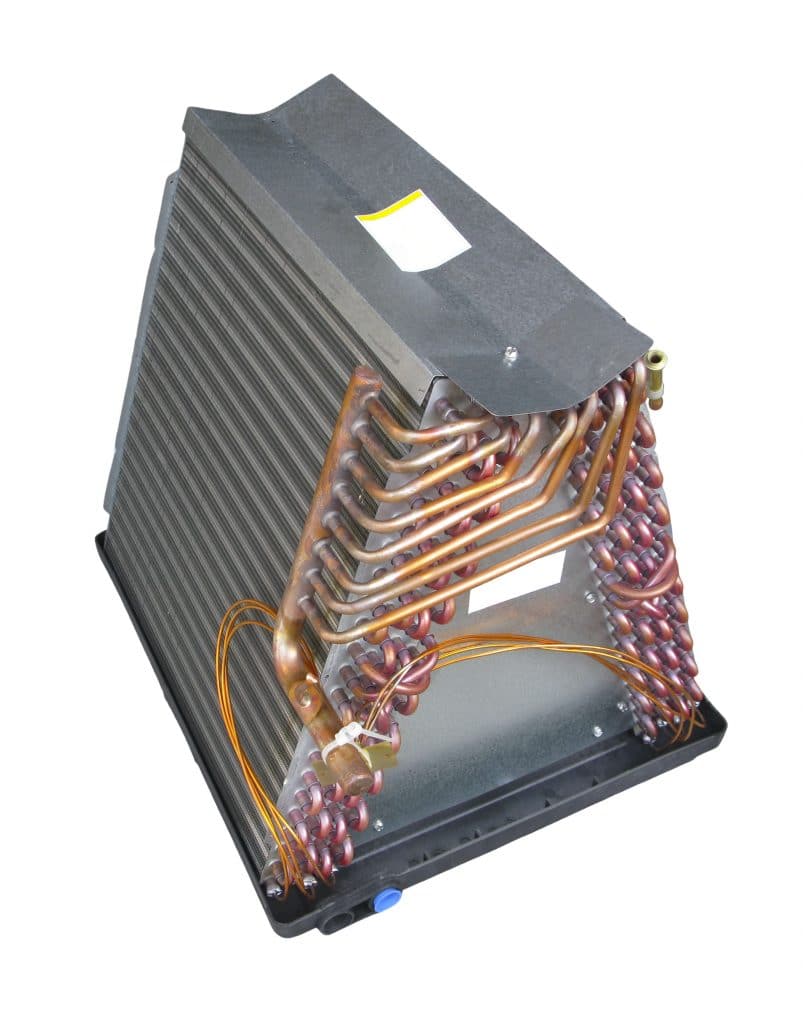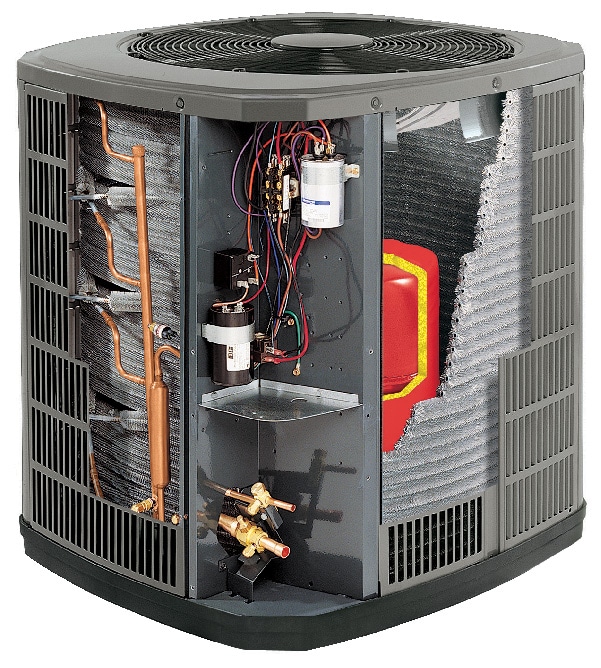A functional heating, ventilation, and air conditioning (HVAC) system is an essential part of proper home maintenance and the first step in proper HVAC maintenance is to learn different components. The system works through the year to heat, cool, or ventilate your indoor spaces. Good maintenance of the system prevents breakdowns, maintains high efficiency levels, and also saves you a lot of money in repairs.
This post looks at crucial components of a HVAC unit and their functions.
Thermostat/Timer
The Thermostat is the most visible part of a heating and cooling unit, though it’s also the most overlooked in maintenance. The component allows you to set desired indoor temperatures. The thermostat comes with temperature sensors and when your desired temperatures.
The unit comes at the appointed time to raise or lower temperature to the desired levels. Depending on your HVAC unit, you can have more than one thermostat for different rooms/sections of your home.
Heat Exchanger

When the furnace comes on and starts combustion, the heat exchanger absorbs the combustion process’s heat and warms the cold air. The materials used to make the heat exchanger include strong stainless steel and sturdy temperature-resistant alloys.
Blower Motor

As the heat exchanger continues to warm the cool air, the blower motor kicks in when the air reaches a preset temperature. The blower motor powers a fan, which pushes the warm air into your house. The air flows through air registers and into the ductwork.
Condensing Unit
The condenser unit or the compressor is an expensive part of the HVAC unit situated outside. This component cools your home as it releases the heat from indoors into the air. The process works through a refrigerant compressed and condensed into a liquid. A fan cools the refrigerant, and the heat lost gets dispersed by blowing air over the compressor.
Ductwork
Ductwork serves as a conduit for conditioned air. The heated or cooled air flows through the ducting to or fro20m the house. Any damage to the ducts leads to high energy bills, inconsistent indoor temperatures, and an uncomfortable home.
Evaporator Coil

Evaporator coil is part of the exterior side of the furnace. The component comes into action when your house needs cool air. The process starts with the furnace blower sending air across the evaporator coil and the warm air cools as it comes in contact with the cold coil. Heat moves from the air into the refrigerant.
Vents
These are metal pieces designed with slats to direct the conditioned air directly from the ductwork into the rooms.
Refrigerant Lines
Refrigerant lines carry refrigerant between the indoor evaporator coil on top of the furnace and the outdoor condenser unit. The refrigerant flows to the condenser as gas and returns to the evaporator coil in liquid form.
Final Thoughts
With this insight into your HVAC system, it’s easier to look out for any signs of malfunction. If you notice any problems, talk to your HVAC contractor for professional inspection and repairs.

